Myrothecium leaf spot
Pathogen: Myrothecium roridum
Hosts: Lamium, Molucella, Rudbeckia, Salvia, New Guinea impatiens
Symptoms: This disease causes leaf spots, concentric rings may develop in the lesions. Raised black sporodochia develop on diseased tissue. In high humidity sporodochia are encircled by a tuft white growth.
Spread: Spores are splash dispersed by irrigation water and rainfall.
Management: Avoid injuries to plants, young or injured tissue is most susceptible. One common cause of wounding of perennials is packaging for shipping; disease readily develops following shipping. Avoid excessive fertilization, high fertilizer rates that favor lush foliage growth have also been associated with disease outbreaks. Minimize periods of leaf wetness through careful timing of irrigation. Fungicide applications may be needed to control severe disease problems.
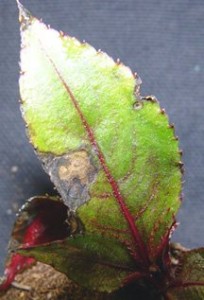
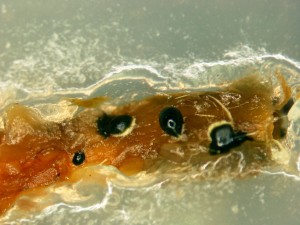
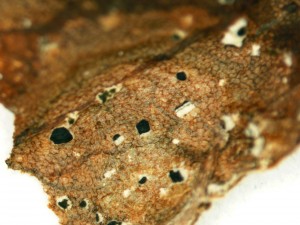
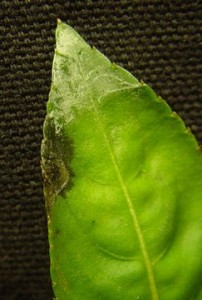
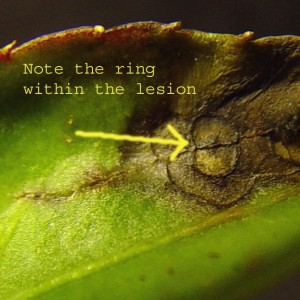
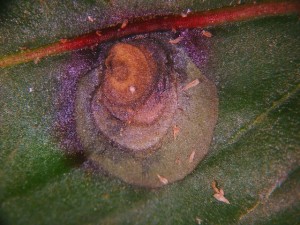
Other Documents in this Series
You Might Also Be Interested In
-
Is an internship right for you?
Published on July 6, 2022
-
Reciprocal Research: A Guidebook to Centering Community in Partnerships with Indigenous Nations
Published on April 22, 2021
-
MSU Product Center helps Michigan food entrepreneurs survive and thrive throughout pandemic
Published on August 31, 2021
-
Protecting Michigan’s environment and wildlife through the Conservation Reserve Enhancement Program
Published on September 1, 2021
-
MSU Extension to undertake three-year, $7 million vaccination education effort
Published on August 17, 2021
Accessibility Questions:
For questions about accessibility and/or if you need additional accommodations for a specific document, please send an email to ANR Communications & Marketing at anrcommunications@anr.msu.edu.



 Print
Print Email
Email




